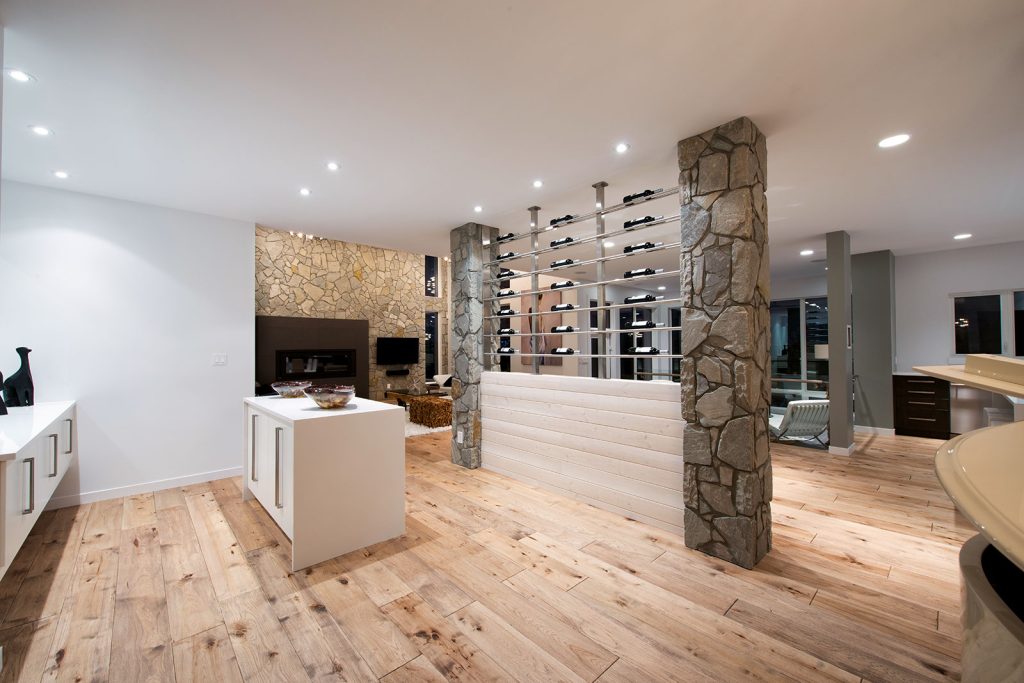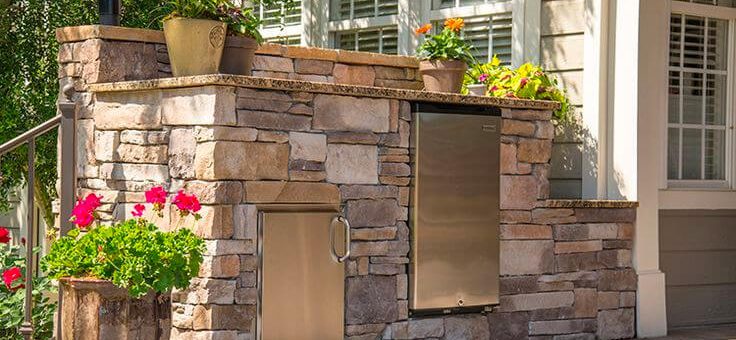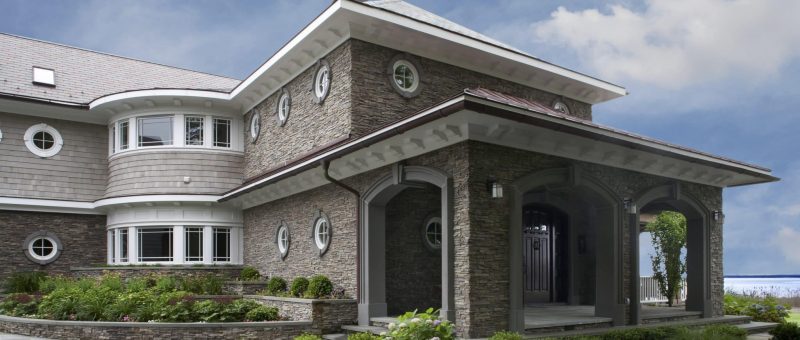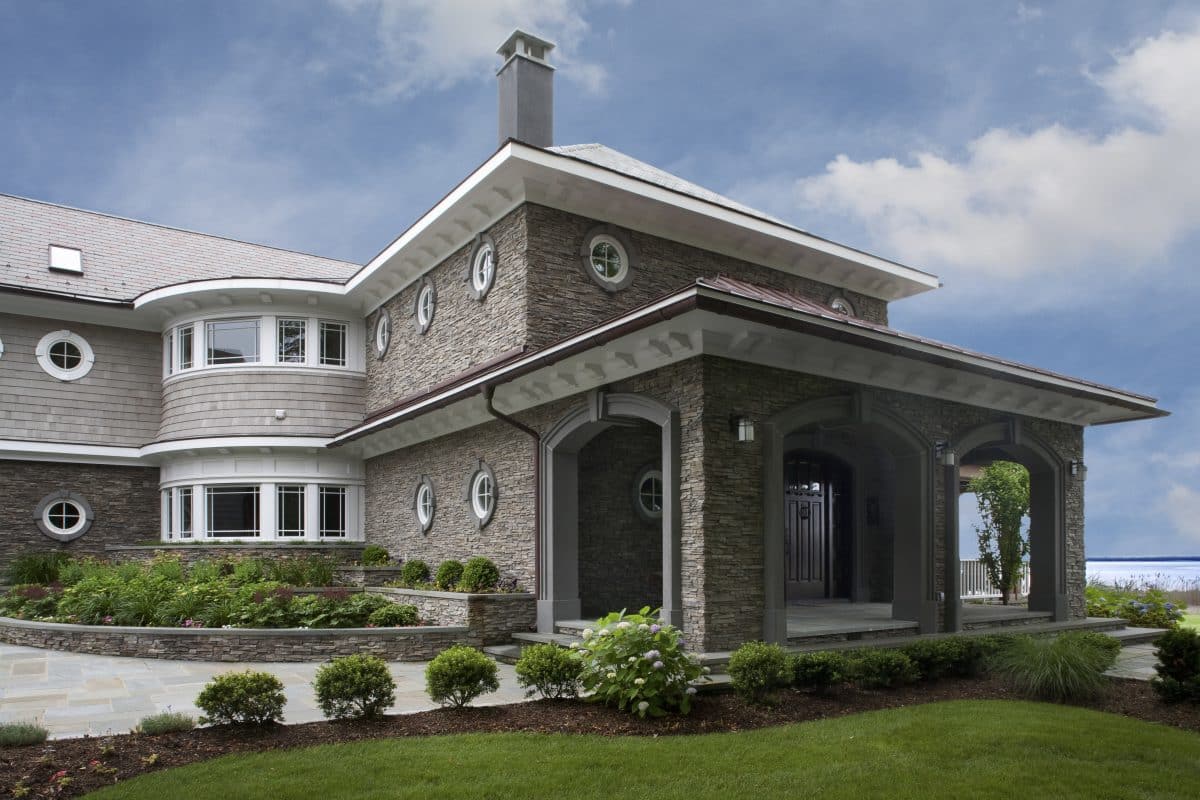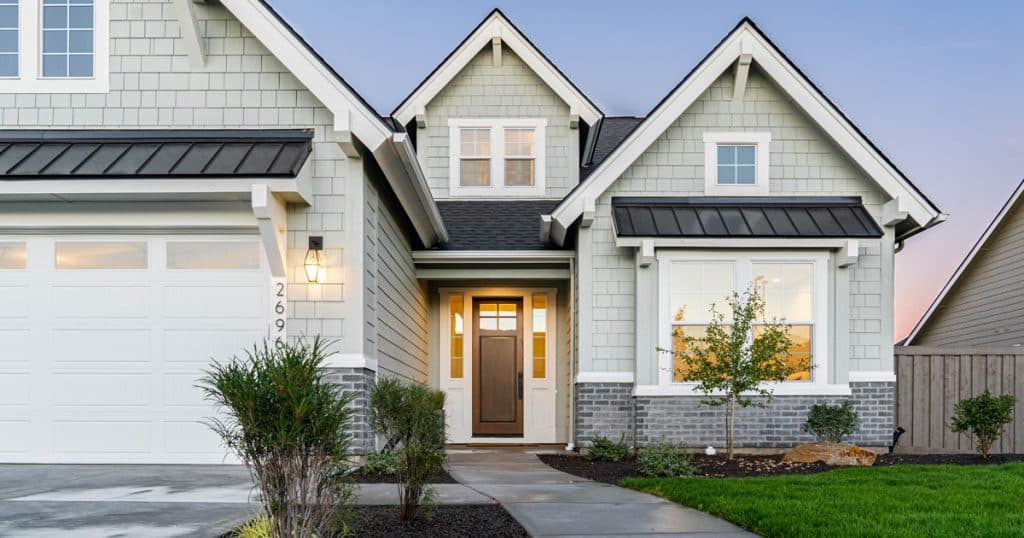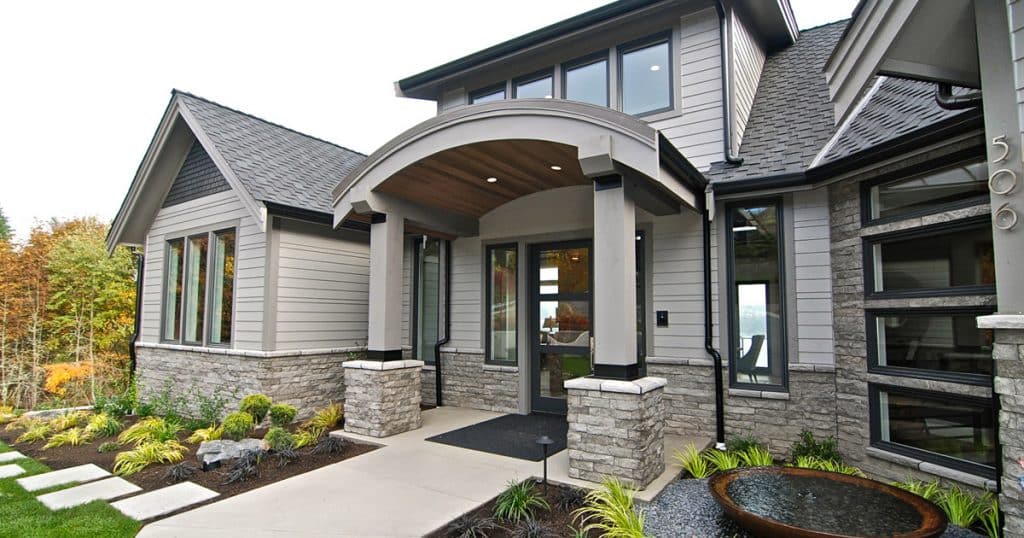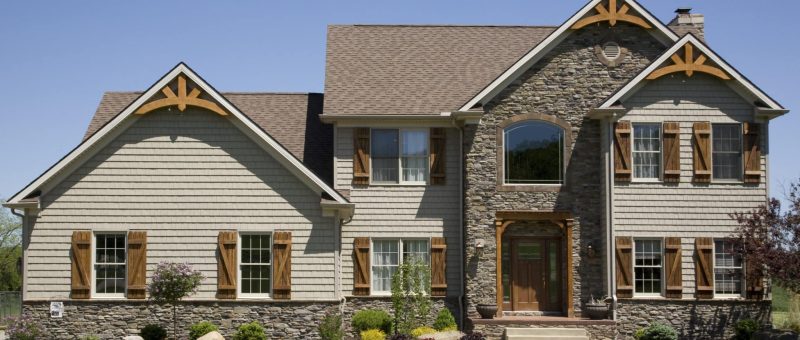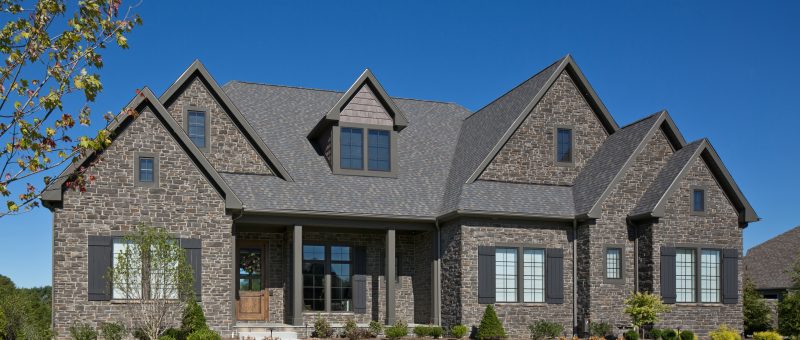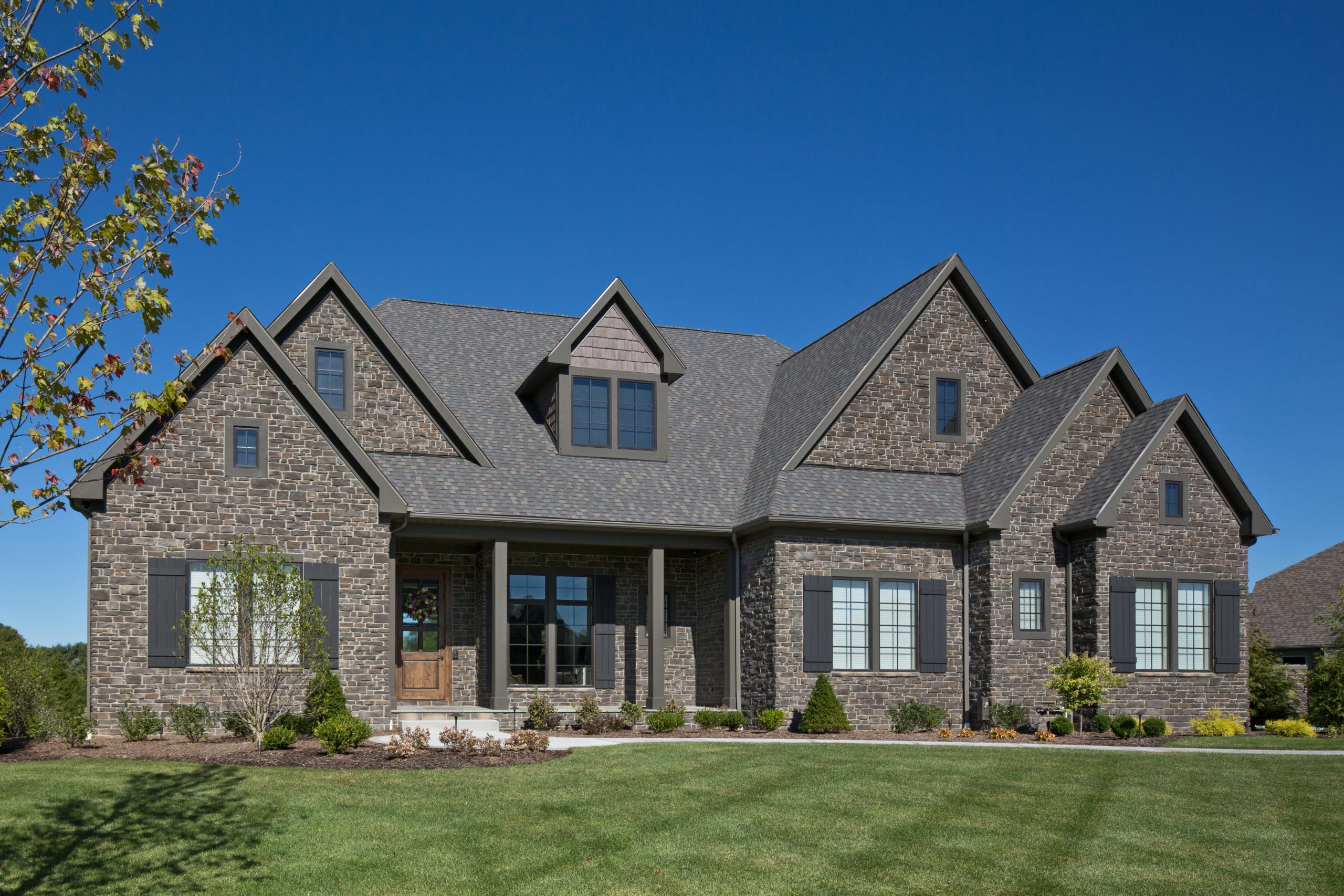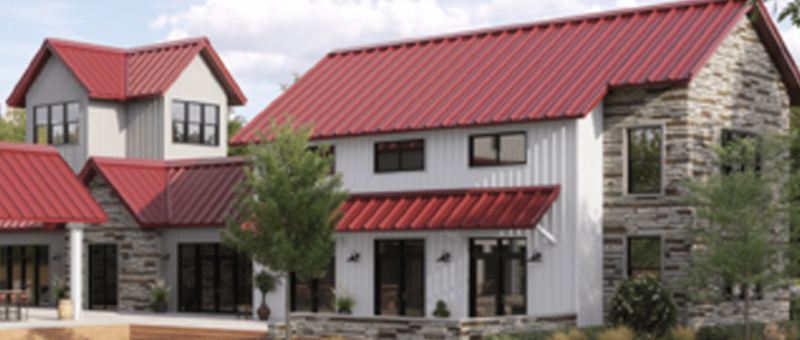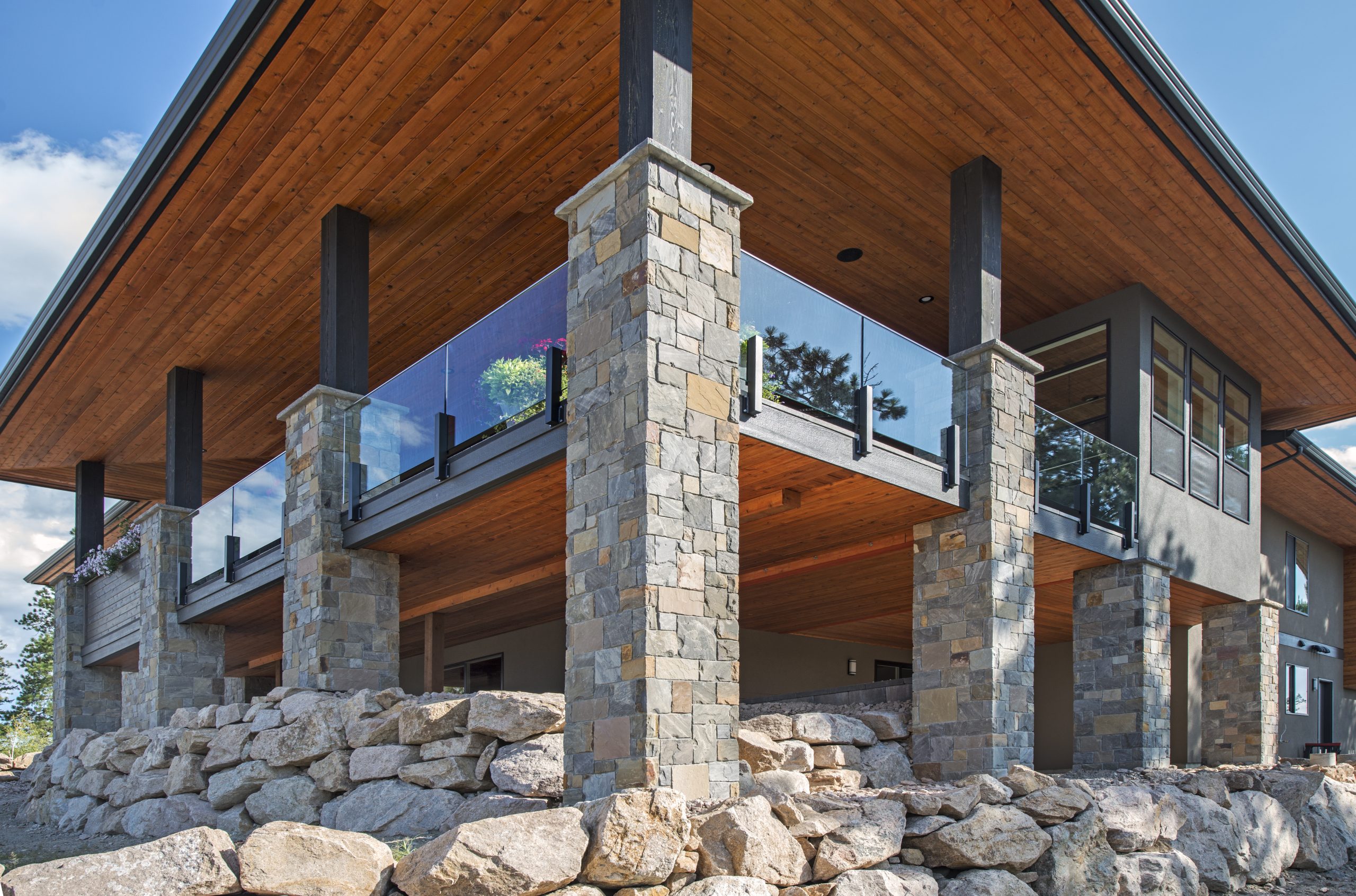
Unlock the Potential of Small Spaces: Creative Uses for Natural Stone Corners
When it comes to design and masonry, you know the devil is often in the details. Whether it’s a grand fireplace or a simple mailbox post, the difference between a good job and a great job often comes down to how you handle the small, seemingly insignificant spaces. That’s where natural stone veneer—particularly corners—can really shine. You’ve likely used corner pieces for large projects like exterior facades or grand interior walls, but what about the smaller, often overlooked spaces? These are opportunities where corners can elevate your craft and bring efficiency to your work.
Here are some creative and innovative ways to use natural stone corners to transform small areas in both interior and exterior settings.
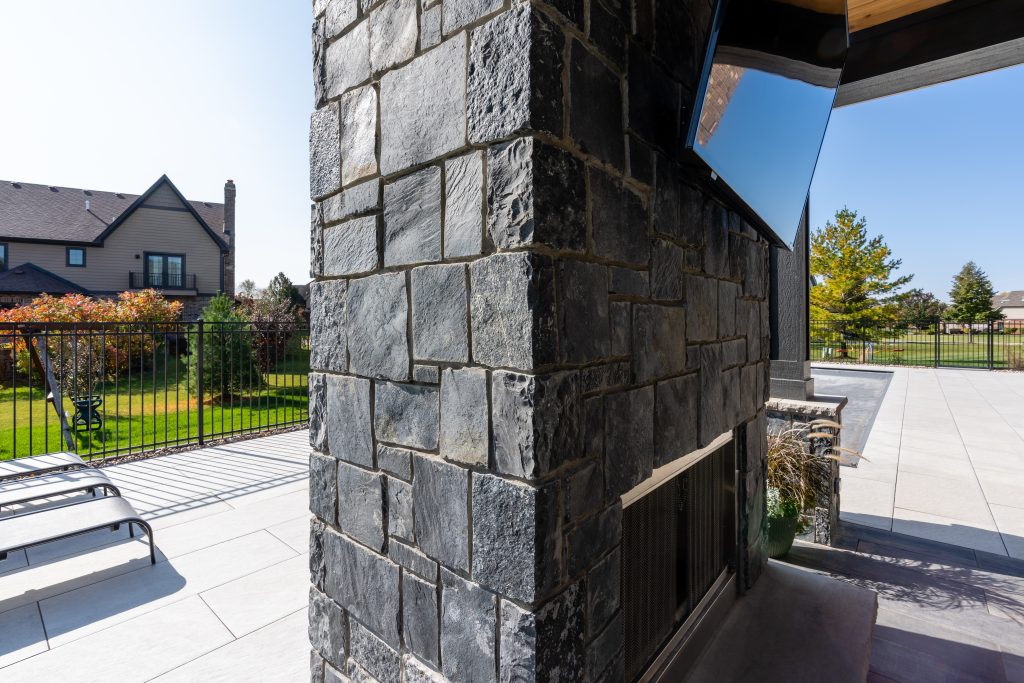
Defining Tight Corners in Small Spaces
When you’re working in smaller areas like hallways, alcoves, or tight rooms, one of the most effective ways to make an impact is by framing the space with specially cut corner pieces. Using corners is the perfect way to create an uninterrupted, clean edge that makes the whole wall look like it’s been sculpted from the stone itself.
They also provide consistently strong, vertical and horizontal lines that guide the eye naturally toward the end of the space, thus making the space feel longer and therefore less small.
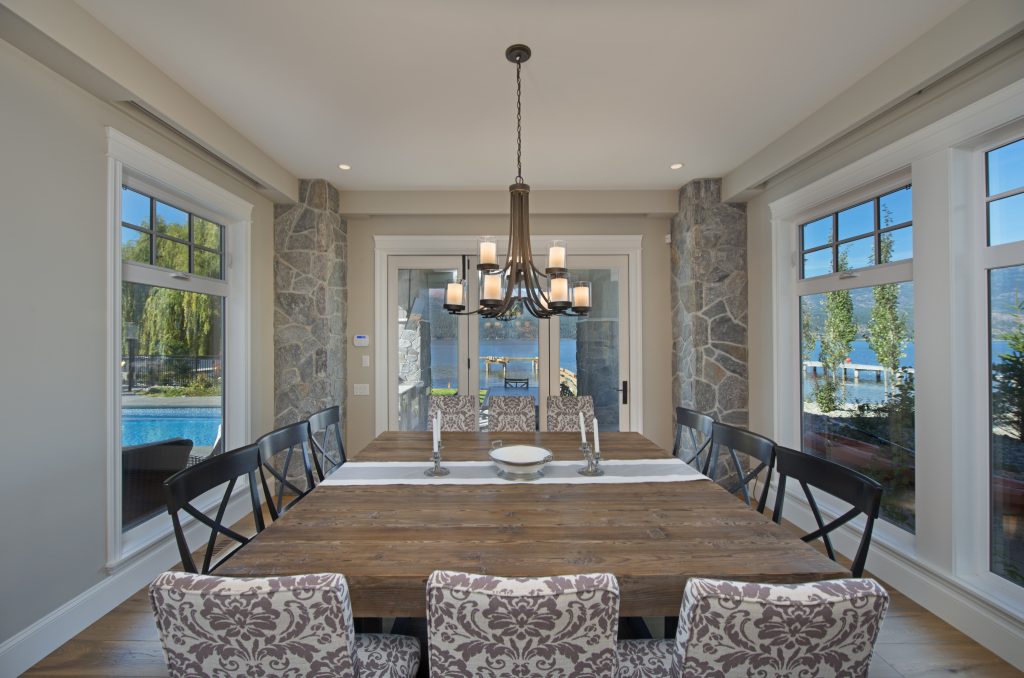
Elevating Small Pillars or Columns
Small exterior pillars or columns—often used in entryways or patios—are the perfect canvas for corner pieces. These architectural features are prime candidates for stone veneer, but the key to making them truly pop lies in how you finish those edges.
Use corner pieces to neatly wrap small pillars around entryways or porches. The clean edges of the stone bring a polished look, and you can combine different profiles, textures and colors for contrast.
Tip: Try pairing a lighter natural stone veneer on the body of the column with darker corner pieces to add a bit of modern flair. This subtle contrast will highlight the craftsmanship without looking overdone.
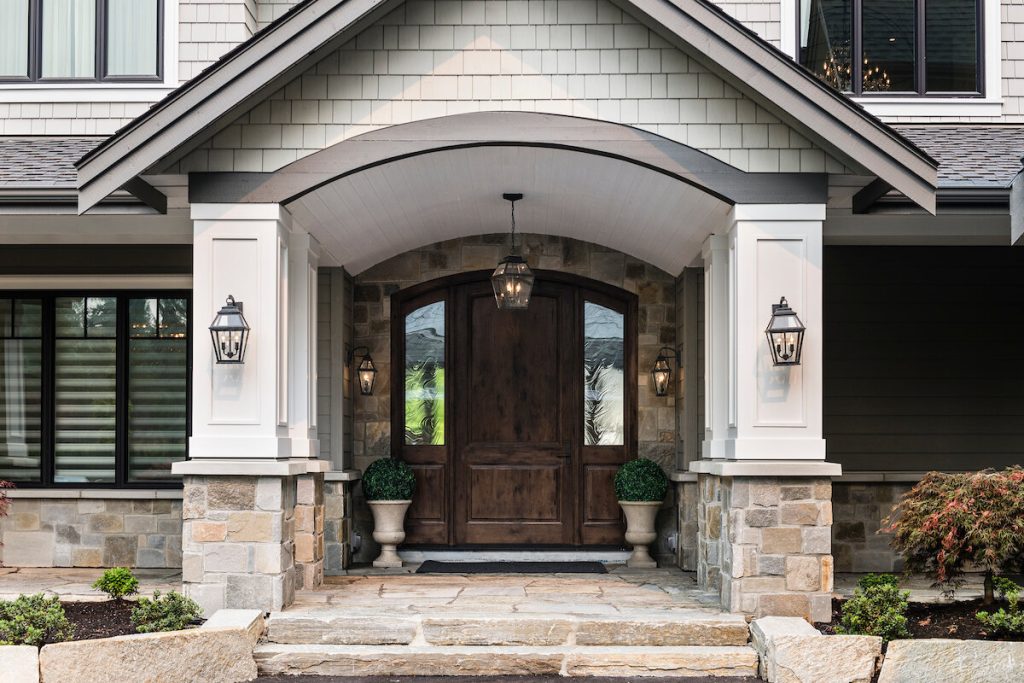
Framing Fireplace Openings with Corner Pieces
We know fireplaces are the focal point of any room, but for smaller or tighter spaces, the challenge is often how to wrap the stone around the fireplace while keeping it looking balanced. That’s where natural stone corners come into play. They allow you to cleanly frame the firebox opening, making even the tightest spaces feel larger and more expansive.
Instead of worrying about intricate cuts, use corner pieces to give your fireplace a seamless look. Stone suppliers like Pangaea Natural Stone offer a wide range of color options for both flats and corners which allows you to build a consistent, unform look for the fireplace, or play with lighter and darker tones to create depth.
Tip: If the fireplace is on an accent wall, use corner pieces around the edges to draw attention to the fireplace and make it the star of the room.
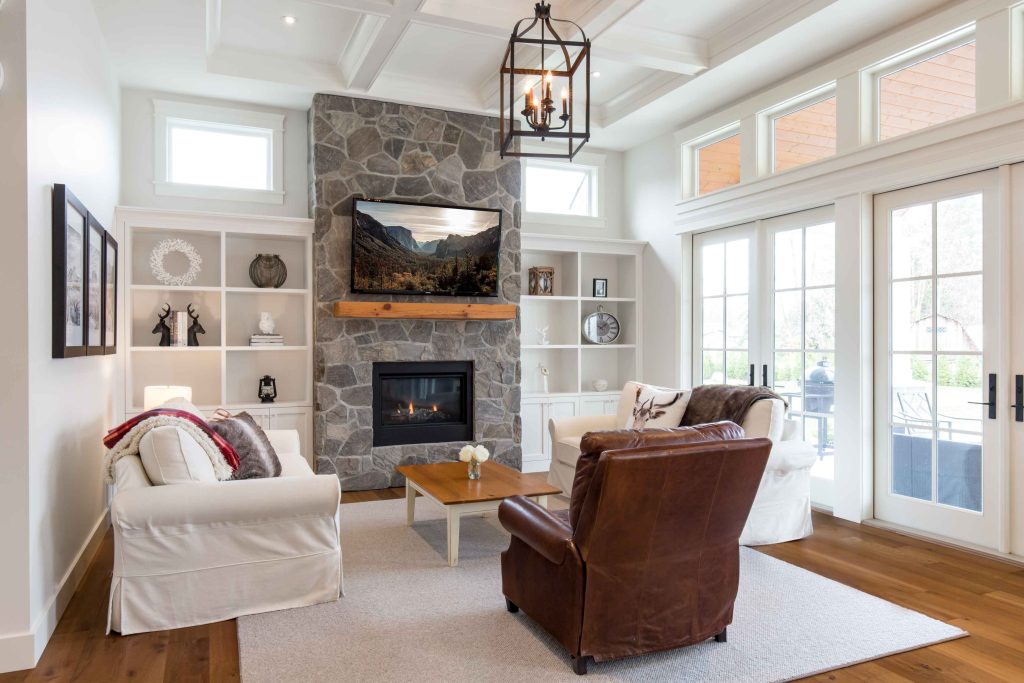
Stone-clad Small Garden Walls
Small garden walls, especially in urban or suburban spaces, can benefit from stone veneer to provide both function and beauty. Corner pieces not only help create smooth, consistent edges but also provide the right framing to enhance the look of the garden. The beauty of these walls lies in the simplicity—corner pieces help accentuate the stone’s natural texture without the heavy labor of stacking full stones.
Tip: For a raised garden bed or small retaining wall, use corner pieces to finish the edges of the stone structure. Choose a more earthy-color or less modern profile for a more natural appeal. These textures work well with plants and greenery, highlighting the vibrant colors of the garden without stealing the show.
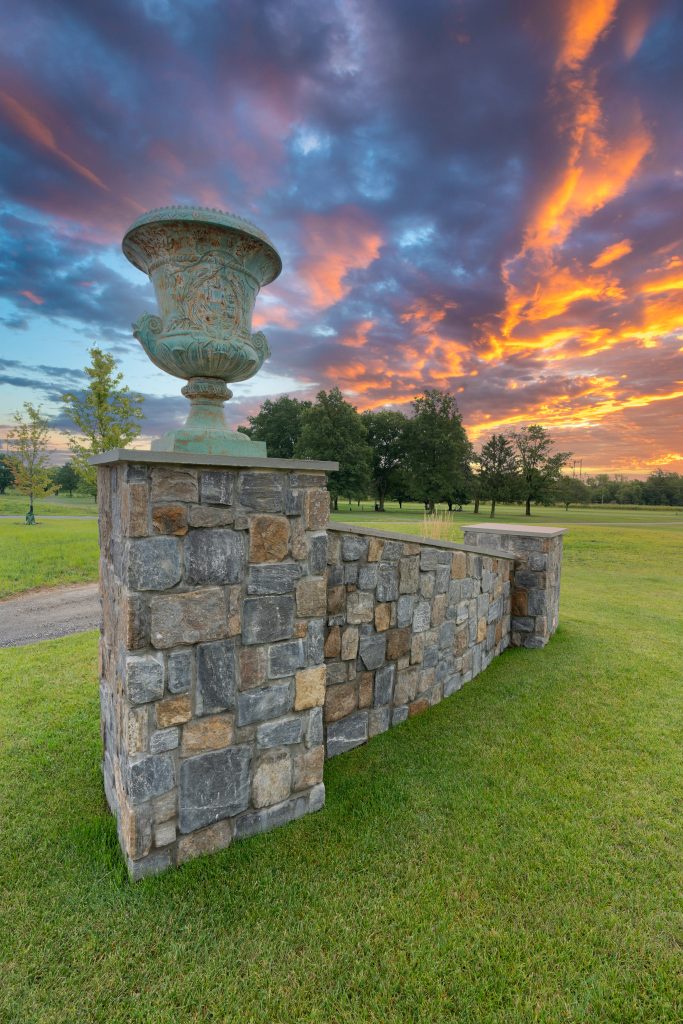
Small Outdoor Fire Pits and Kitchens
Outdoor spaces often benefit from natural stone, but it’s easy to get bogged down by large stones when working with smaller features like fire pits, grills, or outdoor kitchens. Corner pieces help keep the edges clean and sharp, which is essential in ensuring the project doesn’t feel too bulky or overdone.
Tip: Use corner pieces to finish the edges of a stone fire pit or outdoor barbecue island. Combining corner pieces with a natural stone veneer body can make the fire pit feel like it belongs in nature, while still looking polished. A small outdoor kitchen bar can also benefit from corner pieces to finish the edges of the counter area—creating a sleek, cohesive appearance.
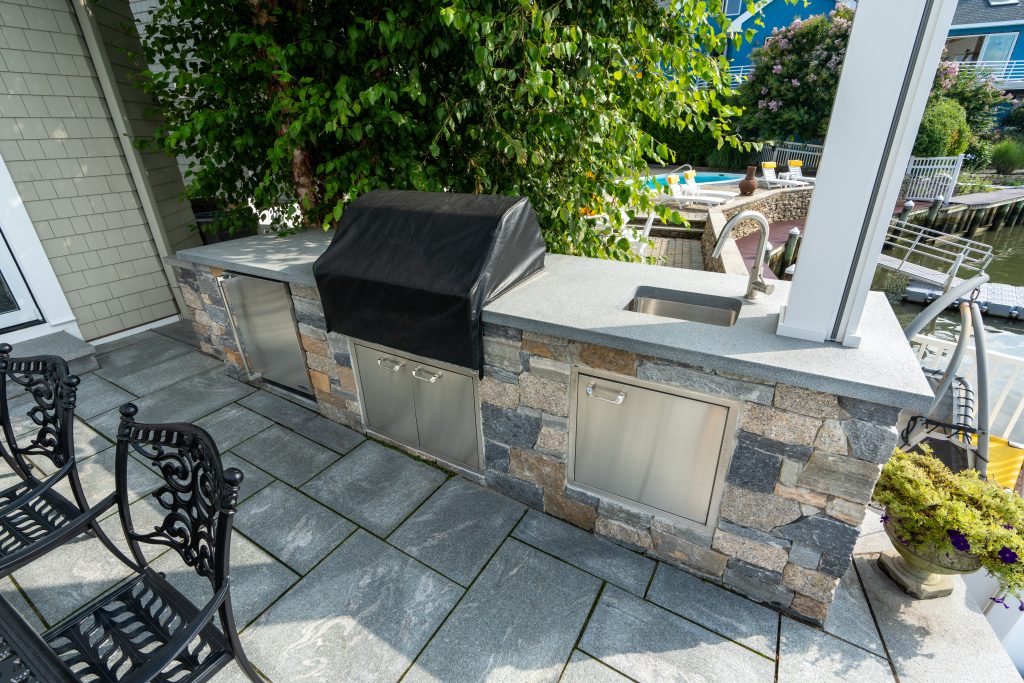
Staircases with Stone Accents
Even small staircases can be elevated with the right touch of stone. For projects that involve a few steps or landings, natural stone veneer corner pieces can be used along the risers or edges of each step to add a touch of sophistication without overloading the design.
Tip: If you’re working on a stone staircase with only a few steps, use corner pieces to frame the edges of the risers and treads. This not only adds depth but helps break up the monotony of traditional stair finishes.
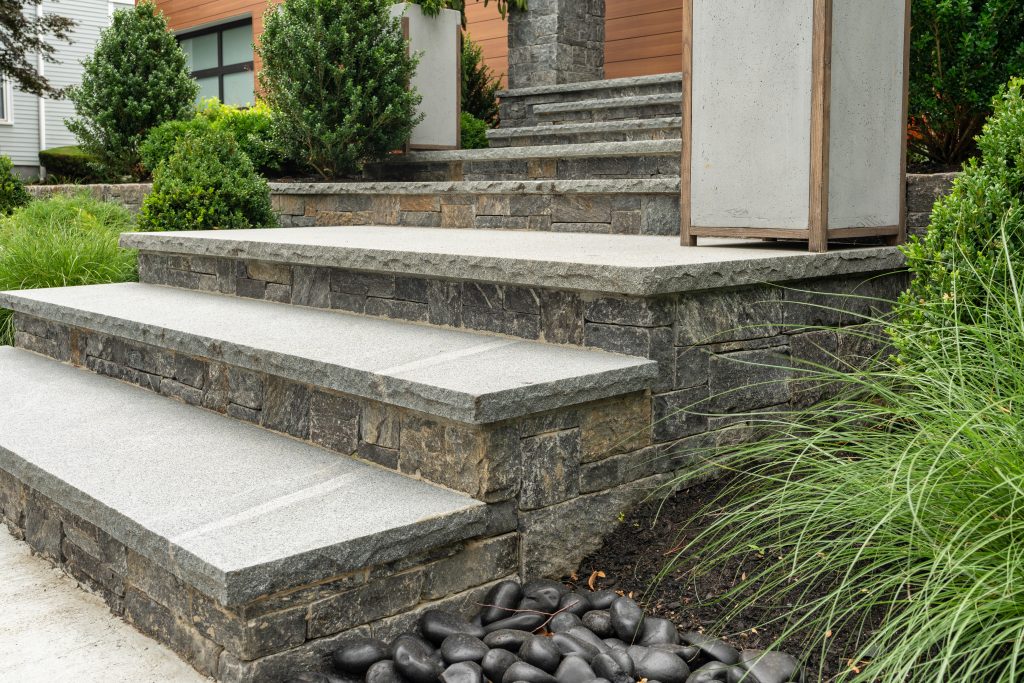
Small Wall Dividers
In open-concept spaces, sometimes all you need is a small divider to break up the flow of the room. Instead of using drywall or traditional partitions, consider stone veneer for a more permanent and visually appealing solution. The corner pieces will create a smooth transition between the stone divider and the rest of the room.
Tip: Use corner pieces to frame a small partition wall separating a living room from a dining area. These natural stone corner will provide a crisp, professional finish, and the stone will act as both a design feature and a functional room divider.
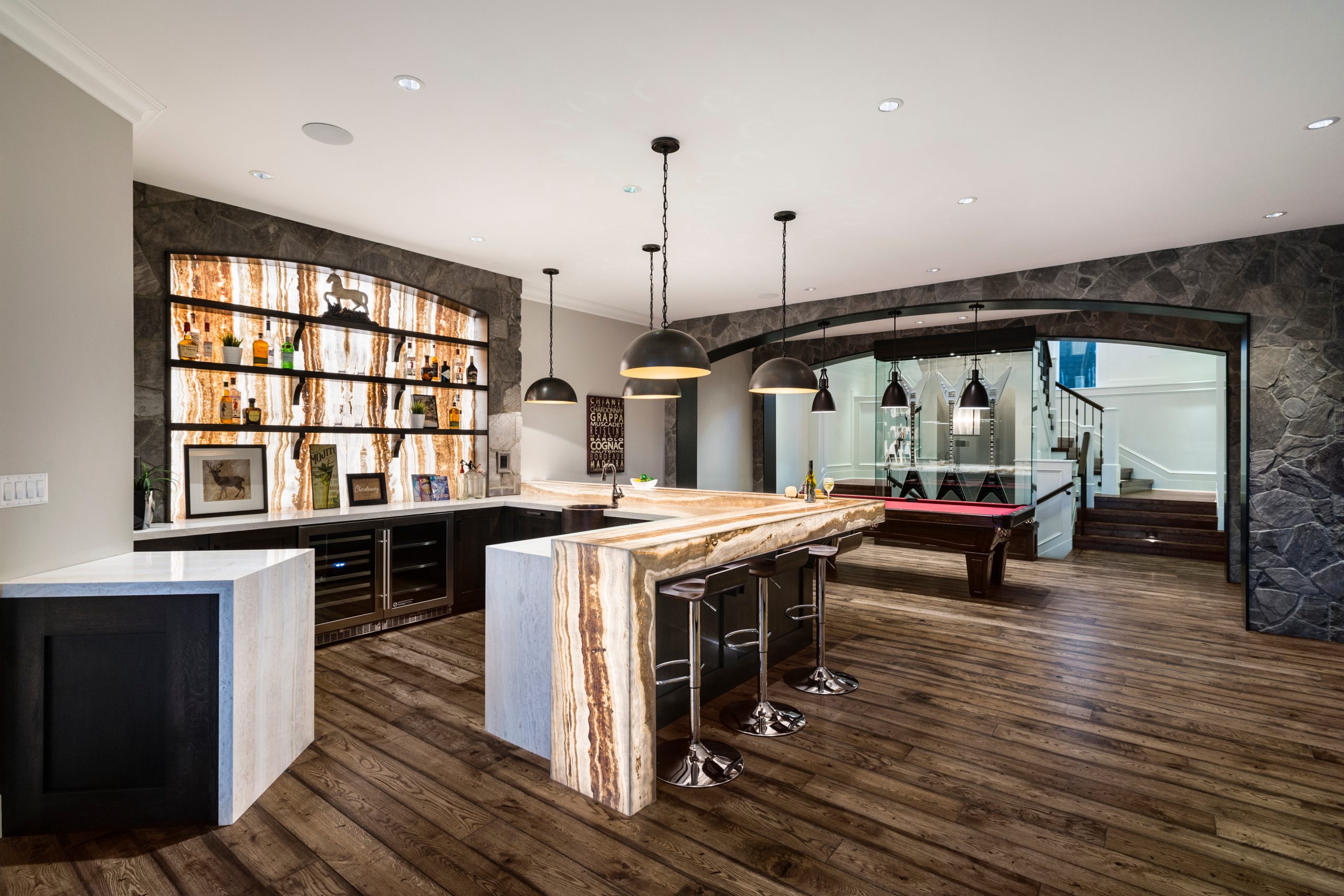
Final Thoughts
As masons and designers, you understand the importance of precision and craftsmanship in every project, no matter the size. By creatively incorporating natural stone veneer corner pieces into smaller areas, you can take your work to new heights. These pieces not only offer ease of installation but also elevate the finish, providing seamless transitions and clean edges that turn every project into a standout.
Next time you tackle a small but high-impact space, think about how these corner pieces can work for you—not just as a functional material, but as a tool to enhance the beauty and longevity of your work. Whether it’s framing an accent wall or wrapping a pillar, these corner pieces allow you to craft clean, elegant, and enduring finishes in even the most confined spaces.
